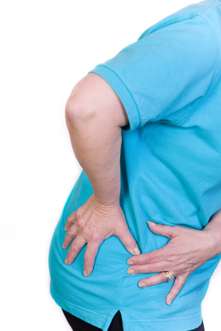
Figure 1. Hip and Pelvis with femurs showing.
One of the first challenges in treating hip and pelvic pain is making sure the patient accurately describes exactly where their pain is coming from.
The hip and pelvis make up such a large part of the trunk or midsection of the body. So often, a patient may talk about having hip pain only to find out that when they come into the office for an exam, they are actually pointing to their lower back.
Generally speaking, hip and pelvic pain is typically located below the waistline or beltline and down to the groin region. Anything above or below these two reference points is not considered hip or pelvic pain. This region is shown in Figure 1 above.
The most common place to develop hip pain is the hip joint itself. Sounds logical enough, but sometimes its hard for a patient to decipher exactly where the pain is originating from. This is due to the fact that the hip socket, the place where the femur bone mates into the acetabulum or cup like structure of the hip, is located deep inside the body.

There are many supporting structure around the hip including muscles, ligaments, and bursa or fluid filled sacs that prevent sharp bony surfaces from grinding against each other. Its easy to confuse which ones are causing the pain.
Uneven Hips
Upon evaluation of a patient with hip pain, one of the first things a chiropractor will do is have the patient lay down on their stomach and check to see if the feet are level to each other. You would be surprised at how many people have a difference in their leg lengths by more than a 1/2 inch; upwards of 50%!
This difference is not so much attributed to the fact that the persons legs didn’t grow exactly the same, but rather the hips have undergone some sort of structural imbalance leading to this finding.
This creates a lot of stress in the hip joint. It can be brought on by something simple like poorly designed shoes or perhaps something more aggressive like a slip and fall.
If you are like most people, your hip and/or pelvic pain might be due to structural misalignments within the hip and pelvis from previous falls.
Typically, the iliums (what most people refer to as the hips. also the part of the body where the belt rests on top of), glide opposite each other during some type of trauma. One side may go up while the other side goes down.
The pain associated with such an imbalance can be crippling at times. The easiest and best way to fix this problem is to have you hips properly aligned by a chiropractor. Watch Dr. Rick demonstrate how safe and simple a hip adjustment is.
If you are looking for help with your hip and pelvic pain and need treatment, call Dr. Horsfield at his Columbus, Ohio office today.